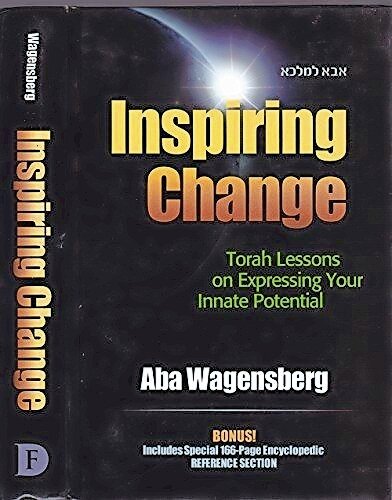Purim to Pesach with a stop at the Golden Calf
Purim is now behind us and the next time we are going to witness a full moon is exactly one month from now, Pesach. With that exciting thought in mind, I was taken by an essay by Dr. Adele Berlin in her work, “The JPS Commentary: Esther” (Jewish Publication Society, 2001) wherein she details the thematic and historical link between the Exodus and the Book of Esther.
Please consider these details as narrated by Dr. Berlin and compare them to what you yourself learned of this in school.
“Passover is not mentioned in Esther. But Haman’s decree was promulgated on the 13th day of the first month [3:12] that is 13th of Nissan, just one day before the eve of Passover.
“Midrash Leqah Tov, in its comment on 4:17, dates Esther’s fast to the 13, 14, and 15 days of Nissan, thereby making the beginning of Passover a fast day. Ahasuerus’s sleepless night [6:1] was on ‘the night of watching’ [Exodus 12:42], that is, the night of the Exodus. And Haman was impaled on the 16 of Nissan, during Passover.”
Berlin continues:
“This tradition, which occurs in bits and pieces in other midrashim, is perhaps most familiar from references in piyyutim at the end of the seder: ‘Az rov nissim,’ by Yanai, mentions that among the events that happened on the night of Passover was the writing of Haman’s edict and the king’s sleepless night.”
“Later generations linked Pharaoh and Haman together with later tyrants who sought to harm the Jews. The famous Spanish-Jewish poet Yehudah Halevi drew an analogy between the escape of the Israelites at the Red Sea and the Purim story in his poem, ‘adon hasdekha bal yehdal,’ which was incorporated into the morning service in the Sephardic liturgy on the morning preceding Purim. Indeed, Midrash Leqah Tov says, ‘The month during which miracles were performed for our fathers, in Egypt, at the sea, and at the Jordan.’ Clearly, in rabbinic tradition, the deliverance of the Jews in the Book of Esther is seen in terms of the deliverance of the Jews from Egypt.”
As we move on to our preparations for Pesach we should be mindful of Dr. Berlin’s timely teachings that link the holidays of Purim and Pesach within the tradition of our quest for freedom and divine salvation as demonstrated by both these holidays.
• • •
This coming Shabbat we again read and learn of that sad chapter in our history concerning the Golden Calf. In addition to this episode, we also have the readings concerning the red heifer. Taken together, these two episodes teach us a lesson made so eloquent in the teachings of Rabbi Aba Wagensberg in his work, “Inspiring Change: Torah Lessons on Expressing Your Innate Potential” (Feldheim, 2011).
In the sixth chapter entitled, “The Empowering Paradox” the rabbi weaves together both episodes and thereby eloquently teaches us the following:
“Rashi uses a story to illustrate the inner dynamics of the red heifer. Once upon a time, a king was sitting on his throne. Stretched out before him was his imperial carpet. Suddenly, a baby came crawling into the royal throne room — without a diaper. The baby sat down upon the carpet and relieved himself, right in front of the king! A stench began to fill the room. Angrily, the king’s attendants asked, ‘Who is responsible for this baby? Let the mother come and clean the mess.’
“Based upon the principle that a mother is responsible for the damage caused by her child, Rashi concludes, ‘In this way, the red heifer atones for the Golden Calf.’ A calf is a baby cow. As a result of this baby cow, the Jewish People became soiled with idolatry.
“Our defilement was disgusting; a terrible stench filled the world! The mother of the calf, who must clean up the mess of her baby, is the red heifer. Thus, the red heifer is used to ‘clean up’ the spiritual mess caused by the sin of the Golden Calf.
Rabbi Wagensberg then asks: “This is an interesting parallel, but how does the mitzvah of the red heifer atone for the sin of the Golden Calf?”
He then compares idolatry to spiritual adultery and further asks:
“How does the technical mitzvah of the red heifer rectify such enormous spiritual damage?”
I leave it to you, the reader, to explore the answer and to further learn from the learned teachings of Rabbi Aba Wagensberg, among which can be found many that directly relate to the Exodus experience that can be applied at the seder table this coming Pesach.
Originally published in 2013.

 44.0°,
Mostly Cloudy
44.0°,
Mostly Cloudy 




